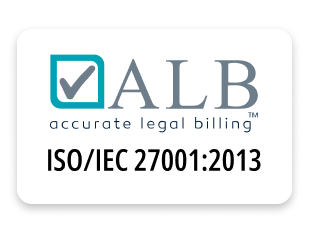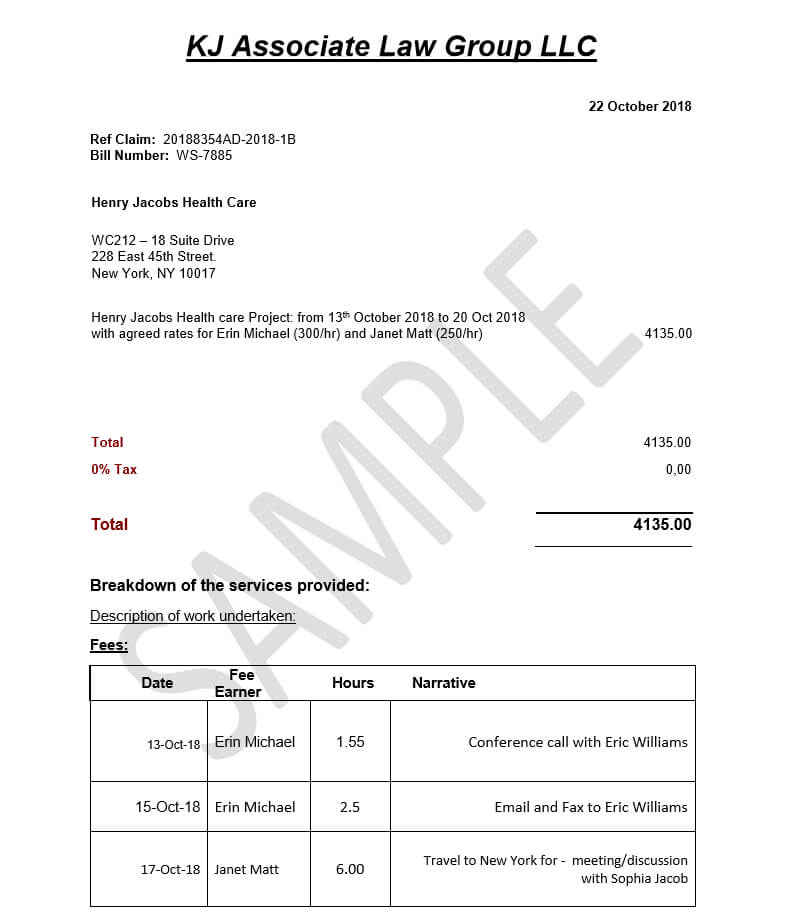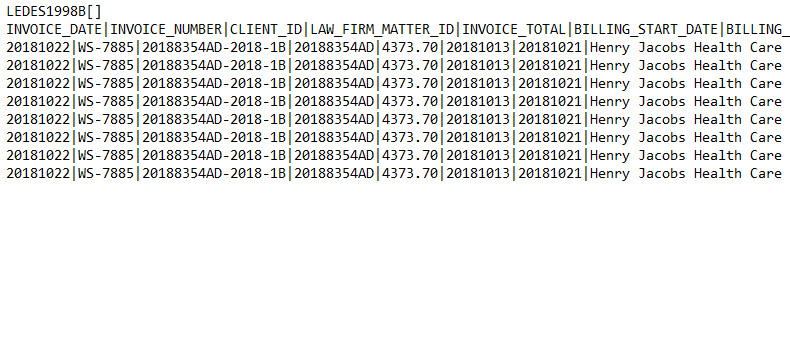
Understanding Accounts Payable and Accounts Receivable
Managing finances effectively is a cornerstone of any successful law firm. Among the essential financial processes, accounts payable (AP) and accounts receivable (AR) play crucial roles in ensuring your firm's stability and growth. In this blog, let us explore the basics of accounts payable and accounts receivable, why they matter, and how you can manage them efficiently to keep your law firm financially healthy and client-focused.
What Are Accounts Payable and Accounts Receivable?
Accounts Payable (AP) refers to the money your firm owes to suppliers and service providers for goods or services received. For example, if your firm orders legal stationery on credit or hires an expert witness but defers payment, those amounts are recorded as AP. Effectively managing AP is vital for maintaining good relationships with vendors and ensuring that your firm meets its financial obligations on time.
Consider a scenario where your firm regularly collaborates with an external research agency. If you consistently pay them late, they may hesitate to work with you in the future or might even demand upfront payments. By managing AP effectively, you ensure smooth operations and foster trust with your suppliers.
Accounts Receivable (AR), on the other hand, represents the money owed to your firm by clients for services rendered. For instance, after providing legal counsel, you send an invoice expecting payment within a specified timeframe. AR is crucial because it reflects income that has not yet been collected, impacting your firm's cash flow and financial health.
Imagine you have just completed a significant case for a client and sent them an invoice for $10,000 with a 30-day payment term. If they delay payment beyond this period, it can create cash flow issues for your firm, affecting your ability to pay employees or invest in new cases.
The Importance of Balancing AP and AR
Balancing AP and AR is essential for several reasons such as:
• Consistent Cash Flow: Efficient AR management ensures that funds are available to meet AP obligations without disrupting operations. For example, if your firm receives timely payments from clients, you can easily pay for office supplies or court fees without delay. This consistency allows you to operate smoothly without worrying about cash shortages.
• Financial Stability: On-time payments to vendors foster trust and reliability. If you consistently pay your suppliers on time, they may offer you better terms or discounts in the future. For instance, a vendor might give you a discount for early payment or extend credit limits if they know you are reliable.
• Client Satisfaction: Clear invoicing and flexible payment options improve client relationships. Providing clients with various payment methods—such as credit cards or online transfers—can encourage quicker payments. A satisfied client is more likely to refer others to your firm.
• Growth Opportunities: A healthy cash flow allows for investments in new technologies or talent acquisition. For instance, if cash flow is steady, your firm might consider hiring additional staff to take on more cases or investing in marketing efforts to attract new clients.
• Informed Decision-Making: Monitoring AP and AR provides insights that help in budgeting and long-term planning. This data can guide decisions about when to invest in new software or expand services. For example, if you notice a consistent delay in client payments, it might be time to revise your billing practices.
How Automation Tools Enhance Legal Billing
Automation tools, particularly Accurate Legal Billing (ALB), are tailored specifically to enhance and streamline the accounts payable (AP) and accounts receivable (AR) processes within law firms. These tools can provide substantial benefits to your practice in various ways:
• Efficiency Gains: Automation dramatically improves billing efficiency by handling and reviewing invoicing, payment tracking, and timekeeping in a streamlined manner. With ALB's AI-powered features, legal professionals can generate invoices within moments of completing billable work. The software automatically compiles billable hours tracked throughout the day, allowing attorneys and staff to reduce the time spent on administrative tasks and reallocate those efforts towards more value-added activities.
• Reduced Errors: Traditional manual billing processes are often marred by human error, which can lead to disputes and dissatisfaction among clients and vendors alike. ALB significantly mitigates the possibility of errors through its automated time tracking and billing entries. By ensuring that all billing entries align with client guidelines before invoices are sent, ALB not only enhances the accuracy of billing but also fosters trust with clients due to fewer disputes and misunderstandings.
• Faster Payment Cycles: The automation of invoicing processes accelerates the entire billing cycle. With ALB’s capabilities, invoices can be sent out immediately upon service completion—this promptness is crucial for cash flow dynamics. By reducing Days Sales Outstanding (DSO), law firms can experience quicker cash inflows, which leads to improved liquidity and better financial health for the organization. As a result, firms can invest in growth opportunities or manage operational costs more effectively.
• Real-Time Insights: ALB equips finance teams with real-time data on outstanding invoices and payments received, providing clear visibility into current cash flow status. This feature enables legal finance teams to closely monitor their accounts receivable, ensuring timely follow-ups on overdue payments. Access to analytic insights fosters informed decision-making regarding resource allocation and strategic investments, ultimately enhancing the firm’s ability to navigate financial challenges proactively.
• Improved Client Communication: Effective communication with clients regarding their financial obligations is essential for maintaining strong relationships. ALB enhances client interactions through automated reminders for outstanding payments, making it easier to keep clients informed of their balances. If a client overlooks an invoice, the system can automatically send a gentle reminder, alleviating the need for manual follow-ups and enabling staff to focus more on client service instead of administrative reminders.
• Scalability: As your law firm grows, the complexity of managing AP and AR also increases. ALB is built to handle growing transaction volumes effortlessly. This capability allows firms to scale operations efficiently without the need for proportional increases in staffing resources. With ALB, you can accommodate the demands of a larger client base and more extensive caseloads while maintaining operational efficiency.
• Compliance Assurance: In the legal profession, adhering to billing standards and regulations is vital to avoid penalties and maintain credibility. ALB includes built-in compliance features designed to ensure that billing practices align with the specific requirements of each client. This level of assurance not only minimizes the risk of non-compliance but also improves overall billing accuracy, allowing firms to focus on providing exceptional legal services without worrying about legal ramifications.
What Are Some Tips for Implementing Automation in Legal Billing?
Managing these financial components does not have to be overwhelming. Here are practical strategies to streamline your processes and maintain balance:
1. Simplify Processes with Automation: Automating tasks like invoice generation, payment reminders, and expense tracking saves time and minimizes errors. Tools like Accurate Legal Billing (ALB) can help law firms manage AP and AR efficiently, freeing up staff for more meaningful work.
2. Keep Records Organized: Accurate records are the foundation of good financial management. Track every transaction meticulously to avoid missed payments or overdue client balances. Software solutions can ensure your records are always up-to-date and accessible.
3. Send Clear, Timely Invoices: An invoice should clearly outline services provided, payment terms, and due dates. Promptly sending detailed invoices reduces client confusion and accelerates payments.
4. Negotiate Payment Terms: For AP, consider negotiating flexible payment schedules with vendors. For AR, offer convenient payment methods like credit cards or online transfers—to encourage timely client payments.
5. Monitor Cash Flow Metrics: Track indicators like the AR turnover ratio to understand how efficiently you are collecting payments. This can highlight areas needing improvement, such as revising payment terms or implementing better follow-up strategies.
Conclusion
Managing accounts payable and receivable does not have to be a headache. With the right legal billing management tools, your firm can stay on top of payments, keep cash flowing, and focus on what really matters helping your clients. For more details, schedule a call now and see how ALB can transform your firm’s billing processes and set you up for long-term success.

.png)



